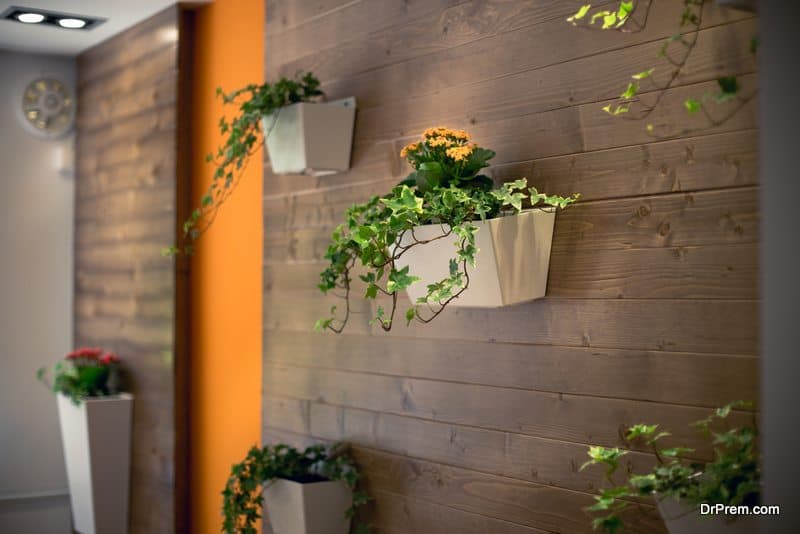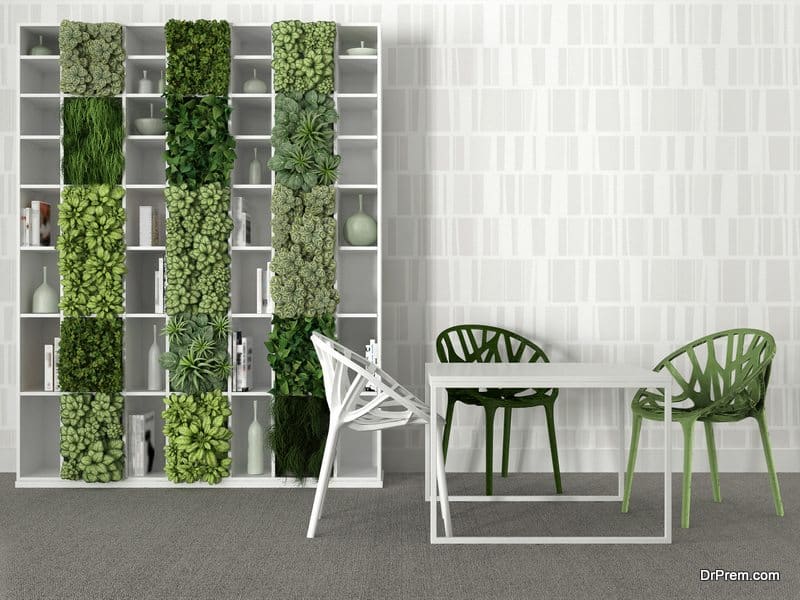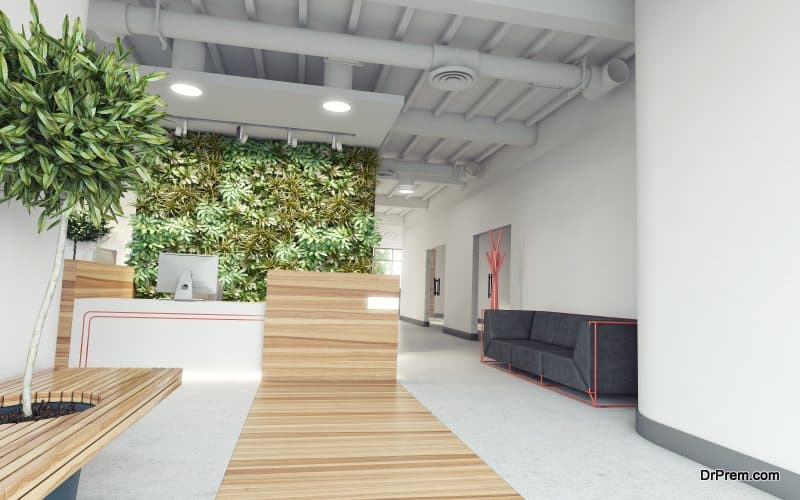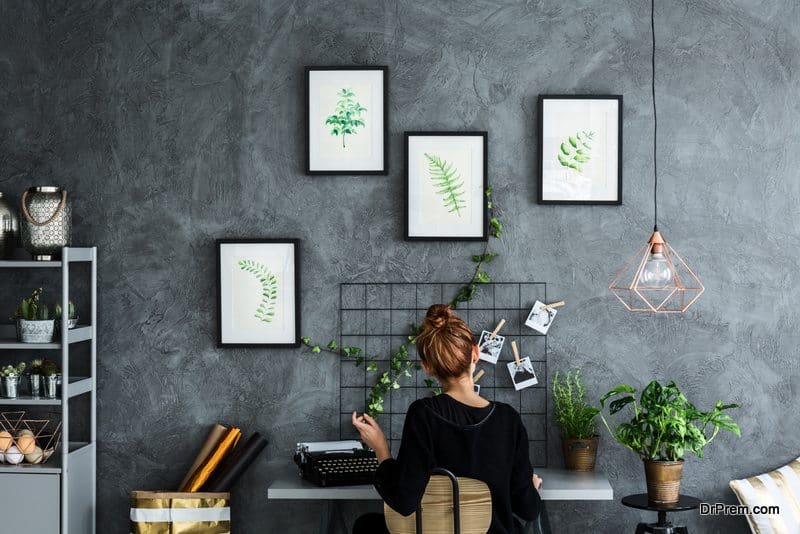Biophilia’s literal meaning is the love of life and living things. The term was made popular by the American psychologist Edward Wilson in the eighties. He coined this term when he observed the disconnect between the urban population and nature. Biophilic design includes biophilia in a built environment to improve our well-being and health. We have many conveniences in our modern homes. Yet, good health and contentment elude us. Implementing biophilic design in our homes and offices can lead to reduced stress and a feeling being one with nature.
How is biophilic design implemented in modern buildings?

One of the most famous examples of biophilic design is the Fallingwater house, designed by one of the earliest exponents of biophilic design, Frank Lloyd Wright. The house is completely integrated with nature, and the building, as well as the natural surroundings, are inseparable.
Why is it relevant today?
The biophilia concept today is now scientifically supported. According to scientific studies, due to the large amounts of time spent indoors by us in homes and offices, we suffer from feelings of fatigue, lethargy, isolation, and tension. Since we cannot escape from our built environment, it’s important that our enclosed living spaces – workplaces, hospitals, old age homes, and our homes fulfill the need for natural elements which can improve our mental and physical health. Biophilic design is therefore very relevant today as a building design trend which can benefit us in many ways.
Elements of biophilia based design
Some biophilic design elements are:
Natural light

Exterior views
Looking at nature is an important element of this design, and distant natural views along with some closer views give a feeling of being connected to the natural ecosystem.
Water sources
Fountains, water features, and ponds which can be seen, touched, and heard are incorporated in biophilic building design.
Sensory stimuli

Biomimicry
How biophilic design can improve your health is because according to science, we can benefit from the simulation of a natural environment, when we are far from real natural surroundings. This is called ‘biomimicry’ and this aspect is easily achievable, via organically shaped furniture and construction, staying away from harsh geometric shapes. In nature, there are no geometric shapes, so biophilic design promotes the use of organic shapes which can create a natural harmony.
Color schemes which reflect natural colors such as earthy tones – blues and greens – the colors of the sky and vegetation are good for the mind. It has been scientifically proven that looking at the green color is good for the eyes, as well as our mental/psychological well-being. Nature-derived color schemes help to calm us, helping to reduce stress.
Filling our home with these elements helps to soothe us. They refresh us and reduce the feeling of isolation and frustration.
Natural imagery
Any kind of natural imagery is beneficial – whether it is derivative or realistic. Photographs of natural scenery, art in the form of sculptures, and murals which reflect nature are included in the interior design.
Biophilic design trend is growing more popular as people look for ways to improve their health in every manner possible, including constructing the right living environment. Shrinking natural environment in urban spaces has made it important for us to include nature in our apartments and offices so that we do not ignore our first instinct to be close to nature, and thus enhance our health and happiness.





